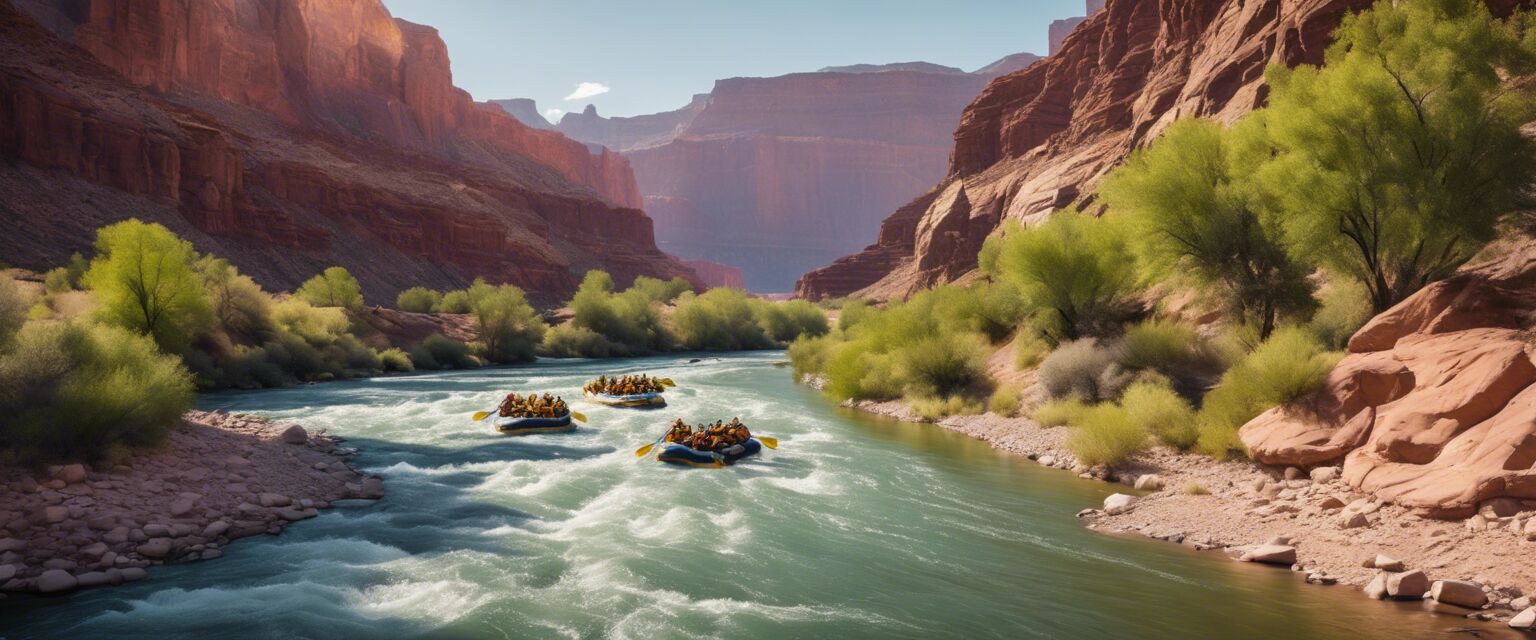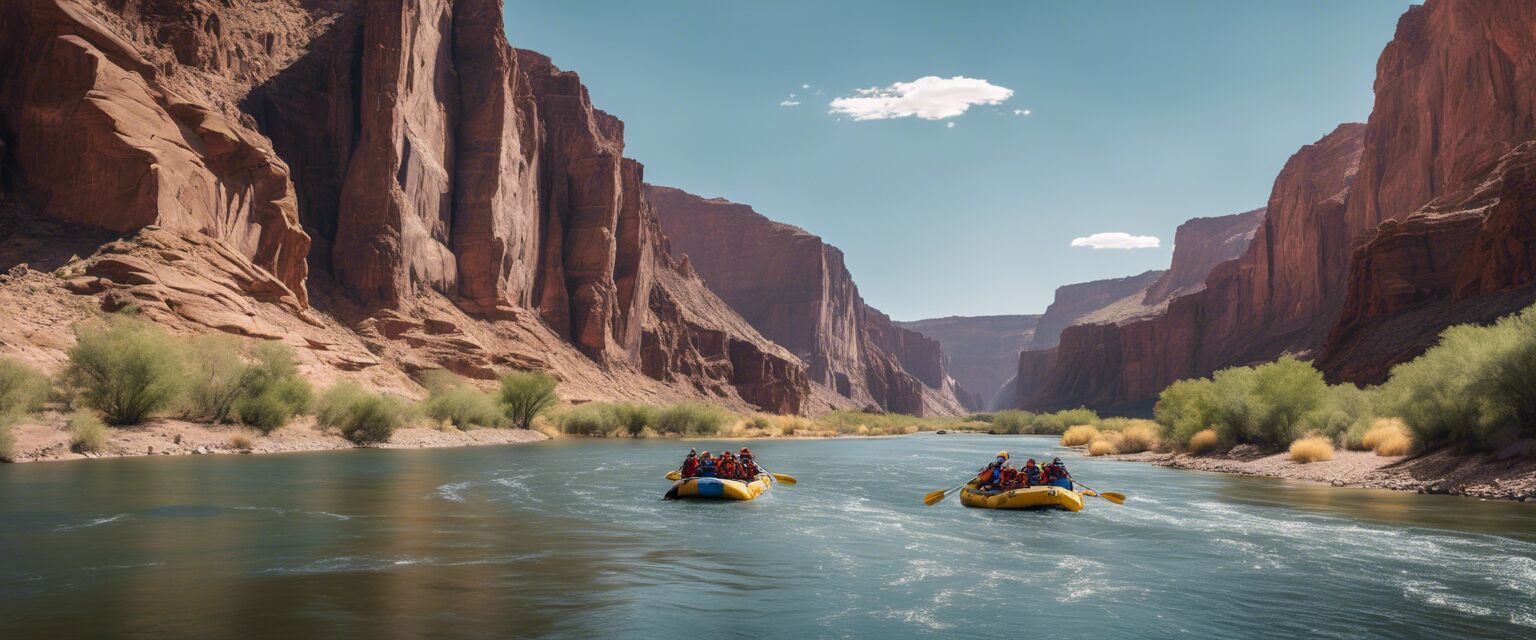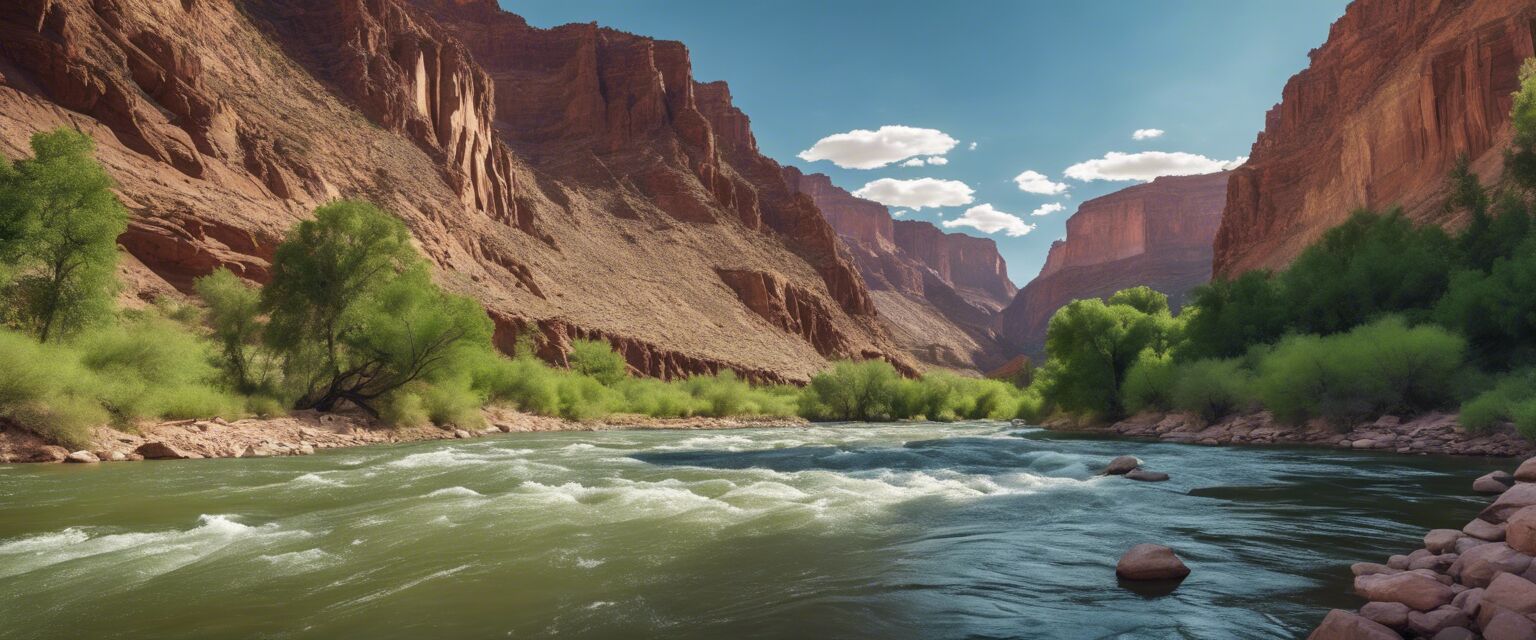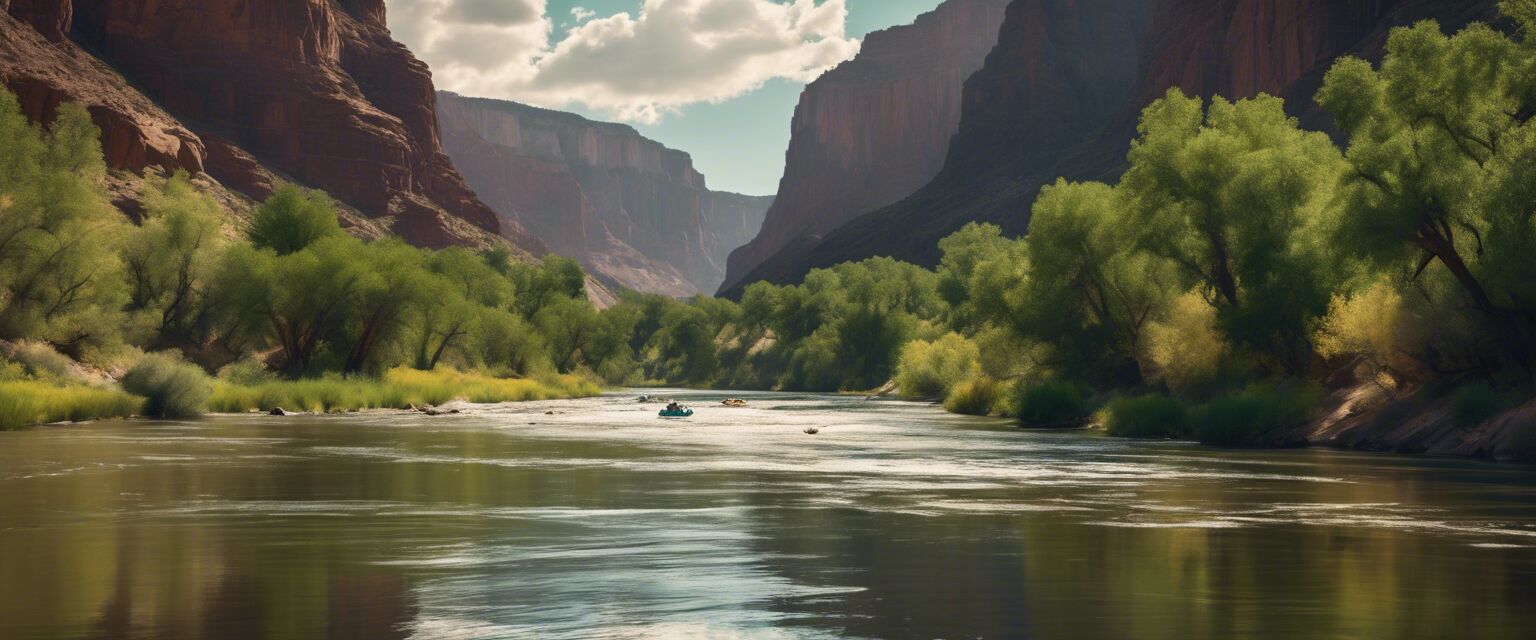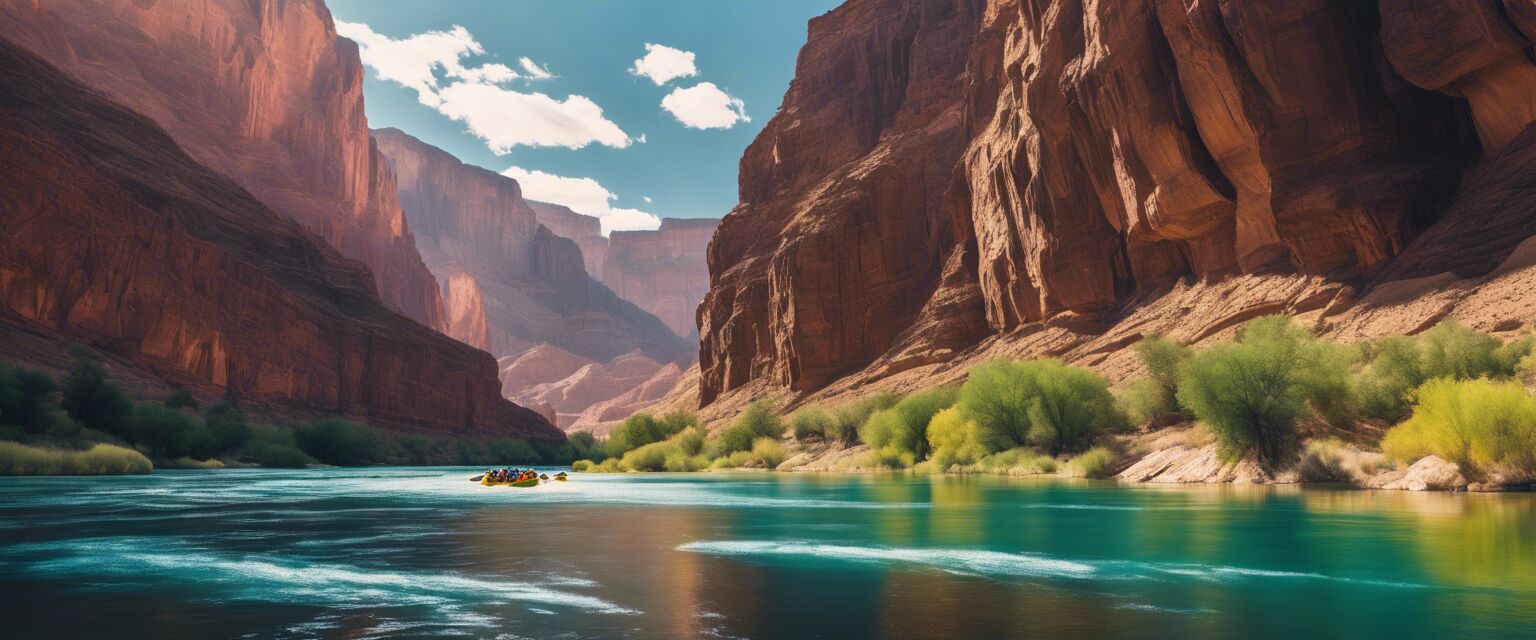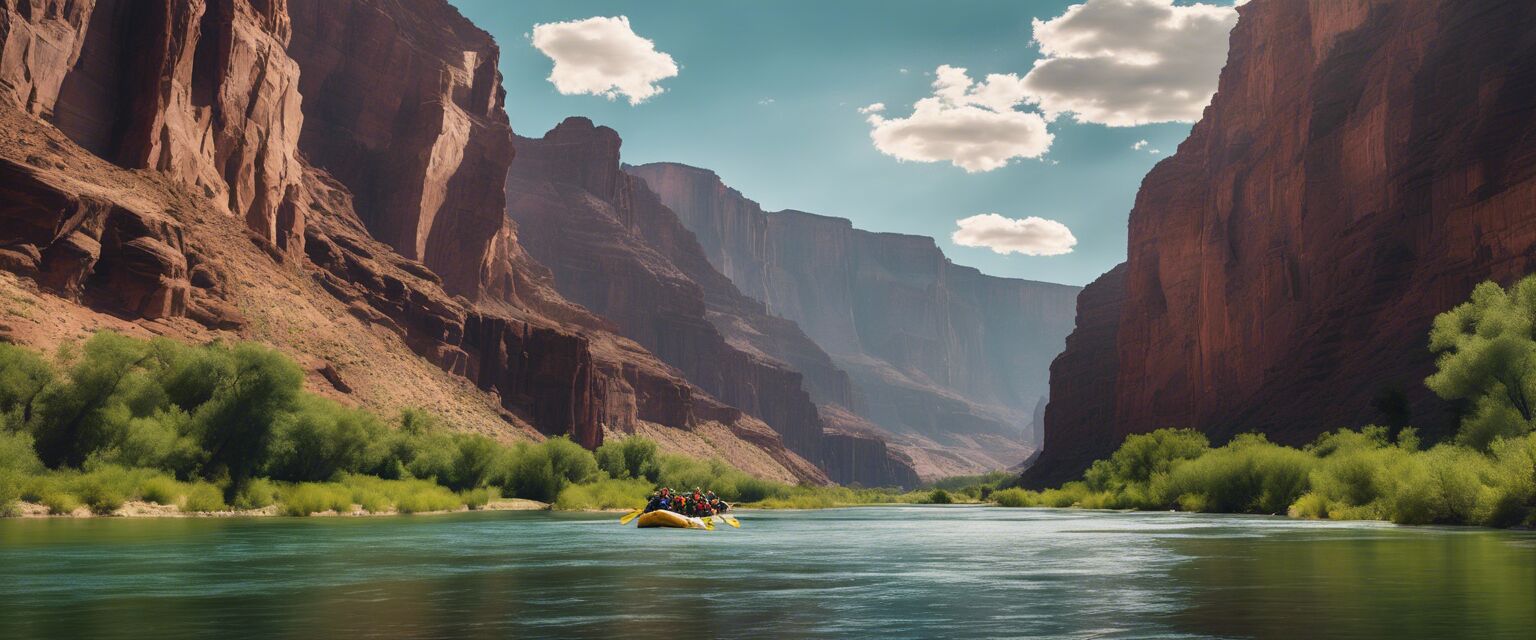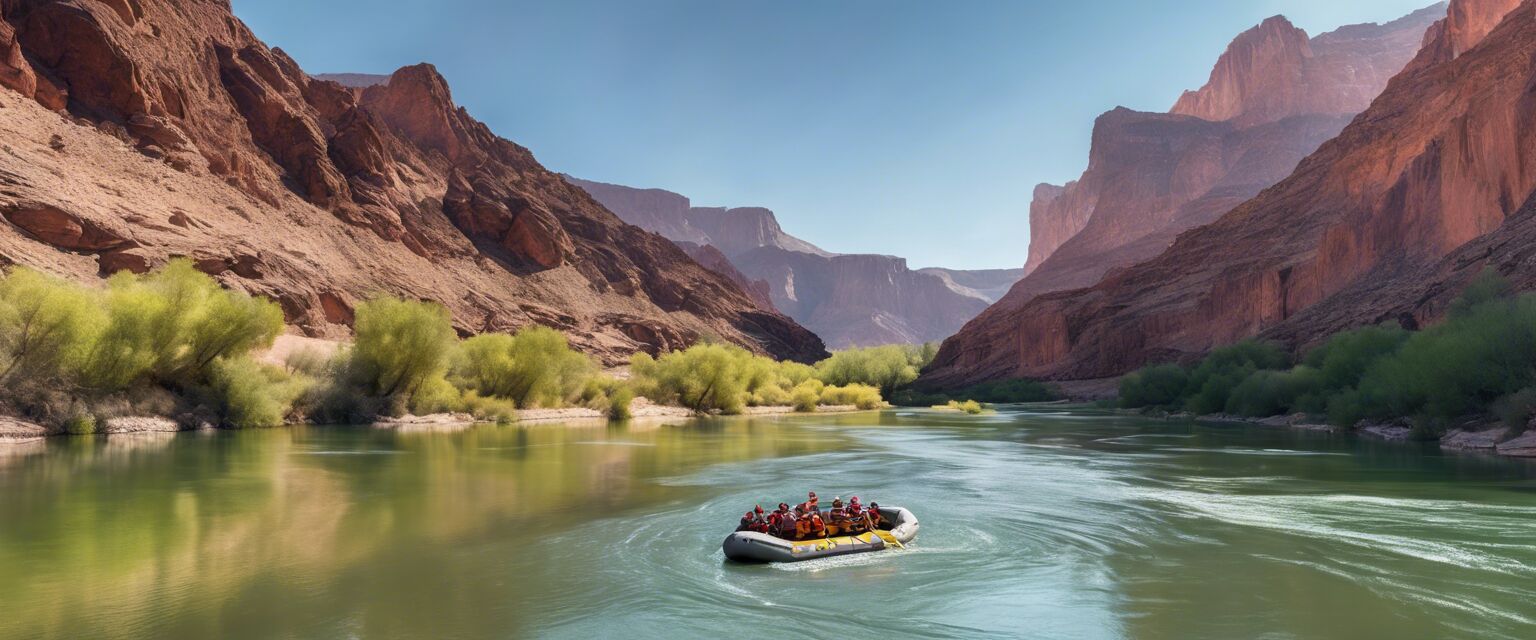
Rafting Seasons and Weather
Key Takeaways
- The peak rafting season on the Colorado River is typically from May to September.
- Weather conditions greatly influence water levels and rafting experiences.
- Spring runoff can bring high water and rapid currents, while late summer offers calmer conditions.
- It's essential to check local weather forecasts and river conditions before planning your trip.
Understanding the best seasons and weather conditions for rafting in the Colorado River is crucial for planning a successful trip. The timing of your adventure can greatly affect not only the experience but also your safety on the water. In this article, we will explore the various seasons, their respective weather conditions, and how they impact rafting.
Rafting Seasons Overview
Rafting on the Colorado River primarily occurs during specific seasons, each offering unique experiences. Below is a breakdown of the seasons:
| Season | Months | Water Conditions | Weather Conditions | Recommended Activities |
|---|---|---|---|---|
| Spring | March - May | High water levels due to snowmelt | Cooler temperatures, occasional rain | Whitewater rafting, scenic tours |
| Summer | June - August | Moderate to low water levels | Warm and dry | Family rafting, fishing, camping |
| Fall | September - November | Low water levels | Cooler temperatures, clear skies | Fishing, hiking, photography |
Detailed Seasonal Insights
Spring: The Thrill of High Water
Spring is an exciting time for rafting enthusiasts. The snowmelt from the mountains raises the river levels, creating exhilarating rapids. However, this season can be unpredictable, with cooler temperatures and rain showers. It’s essential to prepare for varying conditions.
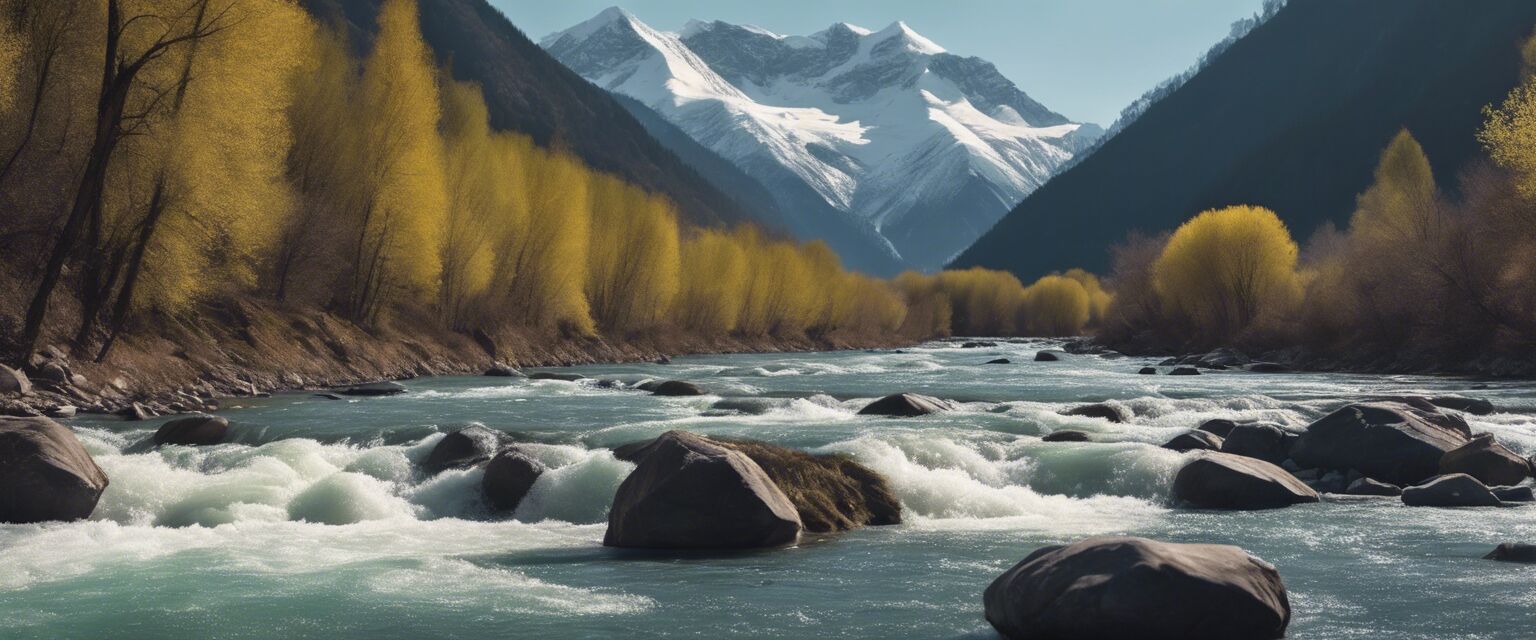
Summer: Perfect for Families
Summer is the most popular season for rafting on the Colorado River. With warm temperatures and moderate water levels, it's an excellent time for families and beginners. The sunny weather provides a perfect backdrop for outdoor adventures.
Fall: A Tranquil Experience
As the summer crowds dwindle, fall offers a peaceful rafting experience. The water levels drop, making it suitable for more relaxed float trips and scenic views. The cooler weather is ideal for those who prefer a quieter adventure.

Weather Conditions and Their Impact
Weather plays a crucial role in determining the safety and enjoyment of your rafting trip. Here are some weather factors to consider:
- Temperature: Check the forecast to ensure comfortable conditions for your trip.
- Rain: Rain can lead to rapid changes in river conditions. Stay informed.
- Wind: High winds can make rafting difficult, especially for inexperienced paddlers.
Safety Precautions
Regardless of the season, safety should always be a priority. Here are some essential safety tips:
- Always wear a life jacket.
- Check river conditions and weather forecasts before setting out.
- Travel with experienced guides if you're new to rafting.
- Inform someone of your plans and expected return time.
Conclusion
Understanding the rafting seasons and weather conditions in Colorado is key to planning a safe and enjoyable trip. By choosing the right time and being aware of local weather patterns, you can enhance your rafting experience on the beautiful Colorado River. For more information on necessary gear and safety equipment, check out our rafting gear section, or explore our safety equipment section.
Pros
- Spring offers thrilling whitewater experiences.
- Summer is perfect for family-friendly outings.
- Fall provides a peaceful, scenic atmosphere.
Cons
- Spring can be unpredictable with weather changes.
- Summer can be crowded with tourists.
- Low water levels in fall may limit some activities.
Further Resources
For more tips on preparing for your rafting trip, visit our navigation tools section for essential gear. If you're looking to capture your adventures, check out our photography accessories section.
